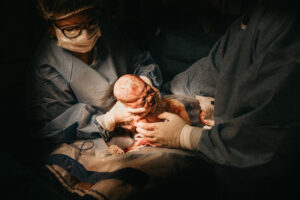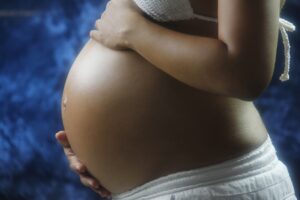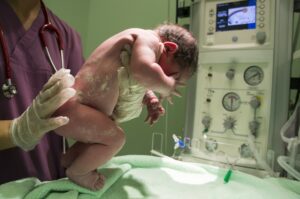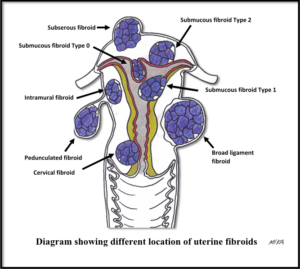 It is important to ensure that you are adequately protected against certain infectious diseases during your pregnancy. In the community, people are protected against infectious disease because they have had the infections before and developed immunity to it. Some are protected against chickenpox, for example, because they had it when they were kids, causing their immune systems to make antibodies to the chickenpox virus. However, over time the antibody level may decline to a very low levels and the person may lose the protection against that particular infectious agent.
It is important to ensure that you are adequately protected against certain infectious diseases during your pregnancy. In the community, people are protected against infectious disease because they have had the infections before and developed immunity to it. Some are protected against chickenpox, for example, because they had it when they were kids, causing their immune systems to make antibodies to the chickenpox virus. However, over time the antibody level may decline to a very low levels and the person may lose the protection against that particular infectious agent.
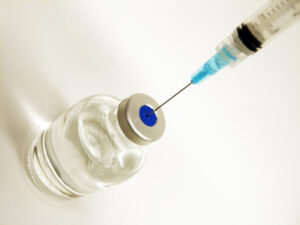 Alternatively, many in the community have been vaccinated and developed antibodies to that specific infectious agent contained in the vaccine. Many countries now have an immunization schedule that tries to cover as many infectious disease as possible, hoping to reduce the disease burden to the community and the health care system.
Alternatively, many in the community have been vaccinated and developed antibodies to that specific infectious agent contained in the vaccine. Many countries now have an immunization schedule that tries to cover as many infectious disease as possible, hoping to reduce the disease burden to the community and the health care system.



